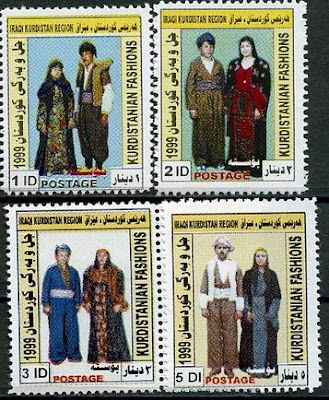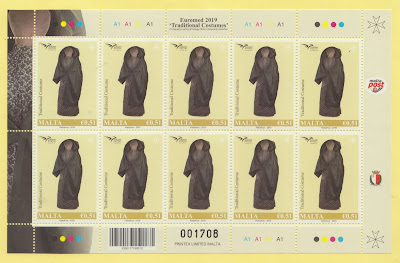PRESS RELEASE
COSTUMES OF THE MEDITERRANEAN
The sun’s rays, blazing the heat and light of the meridian, mark out a land of affinities in the southern half of Portugal. The Alentejo and Algarve regions are part of this realm of intense light, bright colours, broad horizons and high temperatures for most of the year. By the sea as well as further inland. The sensory opulence exuded by these surroundings is not, however, enough to hide the memory of
the hard work of the people of this land. The idea of toiling from sunrise to
sundown had an unusual semantic precision in these parts.
That’s what the Alentejan harvesters would have told you, their harsh routine made all the more intense for a large part of the year by the persistently high temperatures. Protection from the cruel sun therefore became a fundamental concern among these indomitable women absorbed in their duties. Their heads were covered with a hat in the ‘Braga’ style, with a wide, upturned brim and
a cheerful ribbon and posies of flowers or ears of corn, worn on top of a patterned cotton cloth, crossed under the chin. The thickly woven blouse was protected by
a shawl. During the harvest, skirts were pulled up to the knees, tied around the
legs with cords or pins, making them into shorts that made it easier to work. They wore tall calfskin boots, but also leather shoes.
This footwear was not so different from that worn by the men whose job it was to guard the cattle on the wide plains. The boots of Alentejan herders were covered by leather gaiters. Combined with chaps, made of the same material or sheepskin, on their legs, and calfskins over their torso, they had the necessary protection against the extremes of the climate, both in summer and winter. This was the camouflage under which they wore thick trousers and pleated shirts. Their heads were protected by felt hats with wide brims. A cane and blanket
were essential accessories for long days roaming the countryside.
Also subjected to the torments of the burning sun, intensified by the glow reflected in the raw material they were gathering, the salt collectors of the Algarve dressed in a way that would protect their bodies from the combined aggression of the sun, the salt and the luminosity emanating from it. This was good reason for them to cover their heads and faces with a bioco, a kind of hooded cloak aimed at shielding the face, leaving only a small gap for the eyes. On top
of this they would wear a hat, on which they carried heavy esparto grass baskets containing the salt. With a light-coloured blouse, these workers’ outfits were distinctive for the way they arranged their skirts, rolling them up to their knees
to facilitate their movements. Their hands were protected by old stockings turned into gloves, but they went barefoot.
This custom was replicated by many of the fishermen of the region, combined with the habit of rolling up their trousers. A checked flannel shirt and bright colours were the norm. Cap and neckerchief completed the outfit. Those who went to the high seas and stayed there for long periods had other footwear requirements. Boots had to be sturdy, befitting the robust clothing prepared for maritime exertions: shirt, coat and trousers of wool or flannel, often worn under an oilskin, and on the head, a hat of the same material, the sou’wester.

















































